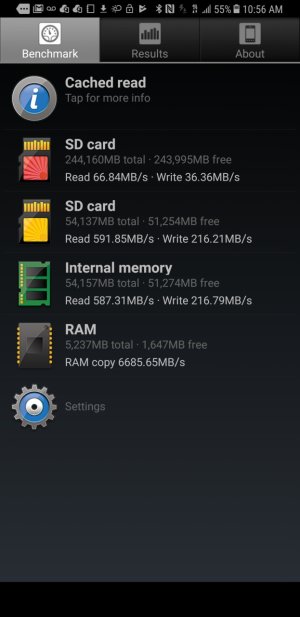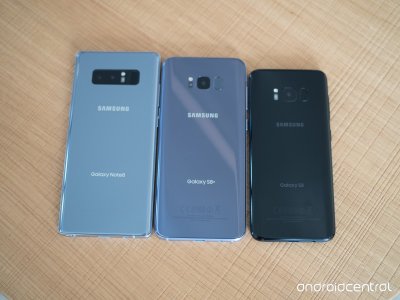The Note 8 is a stunning piece of design. While the Galaxy S8 and Galaxy S8+ have a friendly, more curvaceous design aesthetic, Samsung continues to nod at its business customers with slightly sharper edges and a squarer camera module. You still get the iconic InfinityEdge design where the left and right sides of the screen slope off to the side, and you get the ultra-thin top and bottom bezel to boot. I actually prefer it to the regular S phones, although others might disagree.
The whole lot is coated in Corning Gorilla Glass 5.0, and my unit lives up to its colour description of Midnight Black. It looks great out of the box, but after a little while of using it, greasy marks do begin to build up on the back. That’s not unique to this phone, and it looks far cleaner than many smartphones do after they’ve been subjected to my clammy palms
Bandar Togel.
It’s hard for me to comment on the longevity of the glass coating on this device because I haven’t dropped it properly. However, experience from elsewhere tells me that even the latest glass phones won’t survive clumsiness: our mobiles editor, Max Parker, dropped the Galaxy S8 earlier this year and cracked it, while my wife dropped her (Gorilla Glass 4) Galaxy A5 2017 from table height and smashed the back panel to smithereens. It is at least IP68-certified, meaning it’s waterproof even when subjected to a half-hour submersion
Togel Indo.
At 2960 x 1440 pixels (‘WQHD+’, 522ppi), the 6.3-inch panel certainly isn’t left wanting when it comes to resolution. Trouble is, you’ll rarely see that many pixels being put to good use. In its default ‘optimised’ power state, the Galaxy Note 8 only renders apps and photos at 2220 x 1080 pixels (‘FHD+’, 392ppi), and 1480 x 720 pixels (‘HD+’, 261ppi) when in power-saving mode. It’s only when you switch on Performance mode, to the detriment of battery life, that the Note 8 actually fires on all cylinders and pixels.



